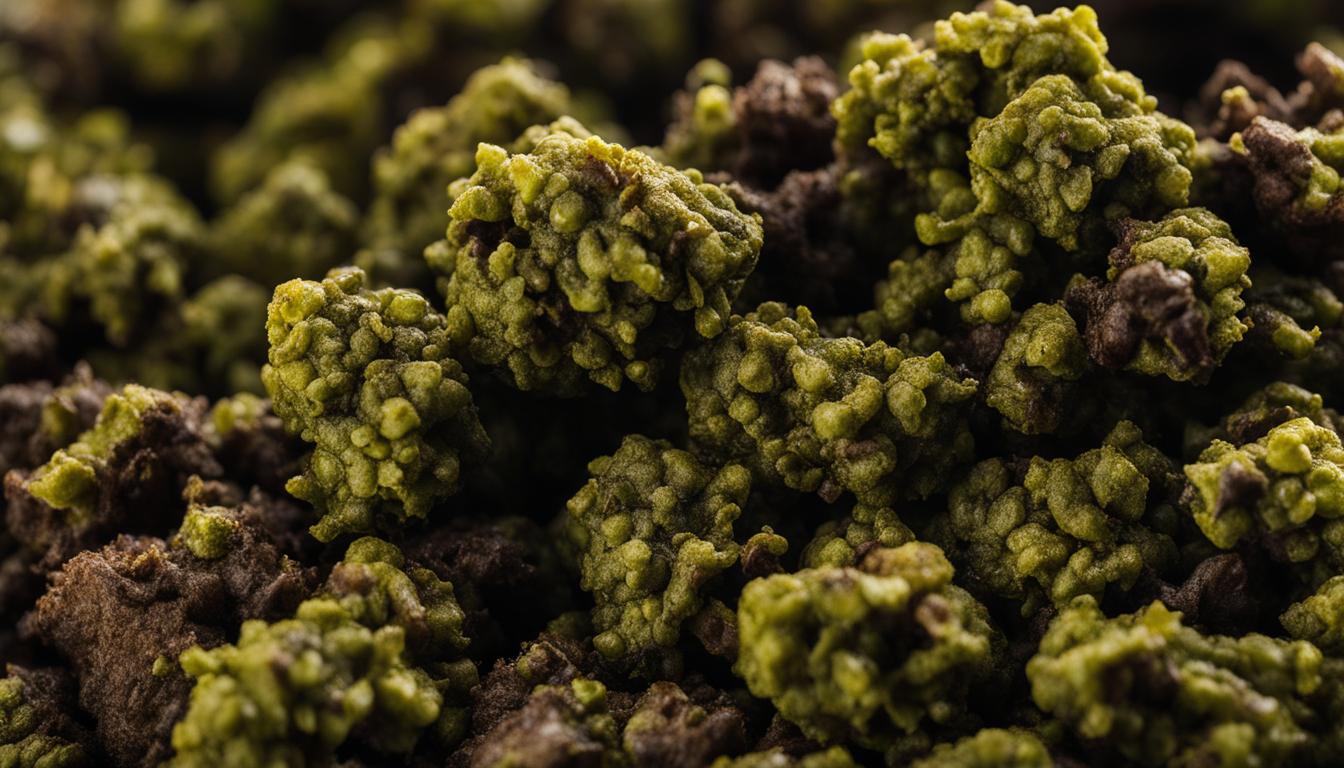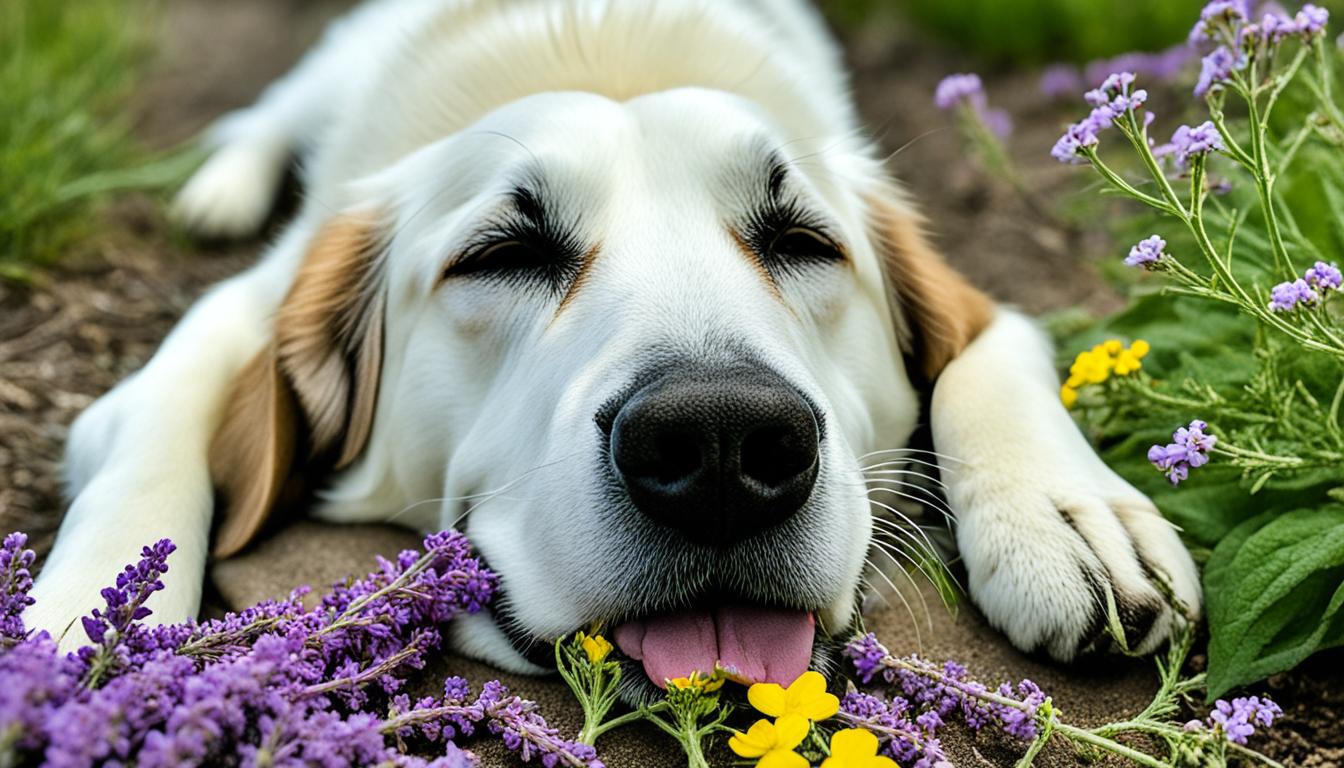Understanding Cat Tooth Abscess
Cat tooth abscess is a common dental condition that can cause discomfort and pain for our feline friends. Understanding the causes and symptoms of this condition is essential for effective treatment and prevention.
Causes and Formation
Cat tooth abscesses often occur as a result of injuries sustained during fights with other animals or from inanimate objects like sticks, fence posts, or thorns (Vetericyn). When a cat gets injured, bacteria from the mouth or claws of other animals can enter the wound. If the wound heals over before the bacteria is cleared, it can become trapped under the skin, leading to the formation of pus-filled pockets known as abscesses (Vetericyn).
Preventing injuries that may lead to abscesses is crucial. Keeping cats away from potential sources of injury and minimizing their exposure to fights with other animals can help reduce the risk of abscess formation.
Symptoms and Diagnosis
Identifying the symptoms of a cat tooth abscess is crucial for prompt treatment. Common signs include swelling around the affected area, pain or discomfort, fever, lethargy, and a foul odor emanating from the wound (Vetericyn). If you notice any of these symptoms or suspect that your cat may have a tooth abscess, it is important to seek veterinary care to confirm the diagnosis and receive appropriate treatment.
During the veterinary examination, the veterinarian will examine your cat’s mouth and may conduct diagnostic tests such as dental X-rays to determine the extent of the abscess and identify any underlying dental issues. Proper diagnosis is essential to ensure the most appropriate treatment plan is implemented.
By understanding the causes and symptoms of cat tooth abscess, you can take the necessary steps to prevent abscess formation and seek timely veterinary care when needed. In the next section, we will explore effective home remedies for cat tooth abscess to provide relief and support the healing process.
Home Remedies for Cat Tooth Abscess
When it comes to managing a cat tooth abscess at home, there are several remedies that can help alleviate pain and promote healing. It’s important to note that while these remedies can provide temporary relief, they are not a substitute for veterinary care. It’s always recommended to consult with a veterinarian for proper diagnosis and treatment options. Here are some home remedies that can be used alongside veterinary care:
Saltwater Rinse
A saltwater rinse can be an effective home remedy for managing tooth abscess symptoms in cats. This rinse helps reduce pain and control bacterial growth. To prepare a saltwater rinse, mix one teaspoon of salt in a cup of warm water. Gently swish the solution in your cat’s mouth for approximately 120 seconds, making sure not to swallow it. This rinse can be used up to three times daily. For more information on cat tooth abscess symptoms, visit our article on cat tooth abscess symptoms.
Aloe Vera Gel
Aloe vera gel can help reduce swelling and fight bacterial infections when applied to the abscess. Ensure that the aloe vera gel is pure and does not contain any added ingredients that may be harmful to cats. Apply a small amount of aloe vera gel directly to the abscess, taking care not to disturb the affected area. This can provide temporary relief until veterinary care is obtained.
Baking Soda Rinse
A baking soda rinse can aid in fighting bacteria and plaque, helping to keep the teeth clean. To prepare the rinse, mix half a teaspoon of baking soda and a pinch of salt in a cup of warm water. Gently swish the solution in your cat’s mouth for approximately five minutes, ensuring that it reaches the affected area. This rinse can be used as part of a regular oral hygiene routine to promote oral health.
Cold Compress
Applying a cold compress to the skin near the abscess can help alleviate pain and reduce swelling. Create a cold compress by wrapping ice cubes in a dry towel. Hold the compress against the affected area for up to 15 minutes, ensuring that it is not too cold to cause discomfort. This can be repeated as needed to provide temporary relief.
Garlic Paste
Garlic paste, when applied to the abscess several times daily, can help manage tooth abscess symptoms at home. Garlic has natural antibacterial properties that may help reduce infection. To prepare the paste, crush a small clove of garlic and mix it with a small amount of water to form a paste. Apply a thin layer of the paste directly to the abscess, taking care not to irritate the area. Remember to consult with a veterinarian before using garlic paste, as some cats may have sensitivities or allergies.
While these home remedies can provide temporary relief, it’s important to seek veterinary care for a comprehensive treatment plan. A veterinarian may recommend additional treatment options such as tooth extraction or pain management techniques to address the underlying cause of the abscess. Remember to prioritize your cat’s oral health by practicing regular dental care and following veterinary recommendations for prevention and treatment of tooth abscesses.
Treatment Options for Cat Tooth Abscess
When it comes to treating cat tooth abscess, there are several options available, depending on the severity and underlying cause of the abscess. It’s important to consult with a veterinarian to determine the best course of action for your feline companion. Here are some common treatment options for cat tooth abscess:
Trimming and Cleaning
In some cases, a minor abscess may be treated by trimming the hair around the affected area and applying warm compresses to reduce swelling. It is important to use an animal wound and skincare wash to clean the abscess, as hydrogen peroxide or rubbing alcohol can cause further tissue damage (Vetericyn). However, it’s crucial to note that these home remedies may not be sufficient for more severe or recurring abscesses.
Veterinary Care and Antibiotics
For moderate to severe cases of cat tooth abscess, prompt veterinary care is essential. The vet may prescribe antibiotics to control the infection and prevent it from spreading. Antibiotics are typically administered for a specific duration to ensure effective treatment (Vetericyn). It’s important to follow the prescribed dosage and complete the entire course of antibiotics as directed by the veterinarian.
Tooth Extraction
In cases where the tooth is severely damaged, infected, or causing recurrent abscesses, tooth extraction may be necessary. Extraction involves the removal of the affected tooth under anesthesia. This procedure eliminates the source of infection and provides relief for the cat. After extraction, cats may need to be on a soft, canned food diet for about 14 days to aid in the healing process (PetMD). It’s crucial to follow post-extraction care instructions provided by the veterinarian to ensure proper healing.
Pain Management
To alleviate the discomfort associated with cat tooth abscess, pain management is an important aspect of treatment. The veterinarian may prescribe pain medications to help relieve the cat’s discomfort during the healing process. It’s essential to administer the prescribed pain medications as instructed by the veterinarian and monitor the cat for any adverse reactions.
It’s worth noting that the choice of treatment for cat tooth abscess depends on various factors, including the severity of the abscess, the overall dental health of the cat, and the recommendation of the veterinarian. Regular dental care, including routine dental cleanings, can help prevent the formation of abscesses. If you suspect your cat may have a tooth abscess or notice any cat tooth abscess symptoms, seek veterinary care promptly to ensure appropriate treatment and to prevent further complications.
Prevention of Cat Tooth Abscess
Preventing feline tooth abscess is essential for maintaining your cat’s oral health. By implementing proper preventive measures, you can reduce the risk of developing tooth abscesses in your cat. Here are some key strategies to consider:
Regular Dental Care
Regular dental care is crucial in preventing tooth abscesses and other dental issues in cats. Establishing a dental care routine for your cat can help maintain good oral hygiene. Consider the following practices:
-
Teeth Brushing: Brushing your cat’s teeth regularly with a cat-specific toothbrush and toothpaste can help remove plaque and reduce the risk of tooth abscesses. It’s important to start the brushing routine gradually, using positive reinforcement and patience to make it a positive experience for your cat.
-
Dental Chews or Treats: Providing dental chews or treats designed to promote oral health can help reduce plaque buildup and maintain healthy teeth and gums. Look for products approved by the Veterinary Oral Health Council (VOHC) to ensure their effectiveness in promoting oral health in cats.
-
Regular Veterinary Check-ups: Schedule regular dental check-ups with your veterinarian. Annual comprehensive oral health assessments and treatments can help identify and address any dental issues before they escalate into abscesses or other serious conditions.
Dental Nutrition
Nutrition plays a vital role in preventing periodontal disease and gingivitis in cats. Choosing the right diet can significantly impact your cat’s oral health. Consider the following recommendations:
-
Specialized Dental Diets: Opt for dental support diets specifically designed to enhance oral health in cats. These diets are formulated to have a texture and composition that promotes mouth health, stimulates saliva production, and helps cleanse tooth surfaces. Dental food kibbles are larger and require cats to chew them, which helps scrape plaque from the teeth as they bite through them.
-
Veterinary Recommendations: Consult with your veterinarian to determine the best diet for your cat’s oral health. They can recommend a specific dental support diet that is approved by the Veterinary Oral Health Council (VOHC), ensuring its efficacy in promoting oral health in cats. You should follow the recommended feeding guidelines and use these dental diets as a part of your cat’s daily meals.
For more information on nutrition and its role in preventing oral health issues in cats, refer to our article on cat tooth abscess symptoms.
Veterinary Recommendations
To ensure the best preventive care for your cat’s oral health, it is essential to follow your veterinarian’s recommendations. They can provide personalized advice based on your cat’s specific needs. Some additional recommendations may include:
-
Professional Dental Cleanings: Your veterinarian may suggest professional dental cleanings for your cat. These cleanings help remove tartar and plaque that can contribute to tooth abscesses. They may also perform any necessary dental procedures during these cleanings.
-
Oral Health Products: Your veterinarian may recommend specific oral health products, such as dental rinses or gels, that can be used to maintain your cat’s oral hygiene. These products can help prevent the formation of plaque and reduce the risk of tooth abscesses.
By implementing these preventive measures and maintaining regular dental care for your cat, you can significantly reduce the risk of cat tooth abscesses and promote their overall oral health. Remember to consult with your veterinarian for specific recommendations tailored to your cat’s needs.








